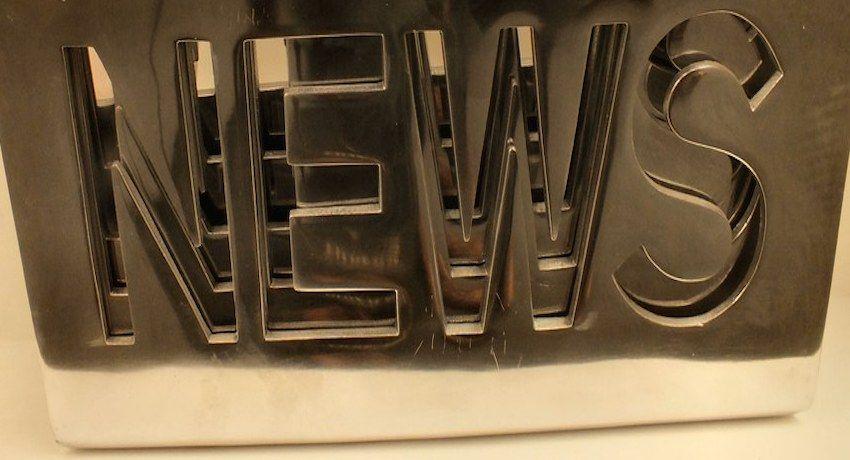
MAIMAI MADE IN ITALY
Early this week, the General Court ruled in favour of the trade mark “YAMAMAY” after its owners opposed the registration of the trade mark “MAIMAI MADE IN ITALY”.
An Italian company filed an application for EUTM, for the sign “MAIMAI MADE IN ITALY” for products designated in classes 18, 25 and 26, which include leather, imitations of leather and certain goods made of those materials, shoe fasteners, clothing, and footwear. The General Court (GC) partially rejected the registration of the word mark “MAIMAI MADE IN ITALY” for products in class 25, namely clothing and footwear.
An opposition had been raised by the Italian company owner of the EUTM “YAMAMAY” word sign, which designated products in the same classes. The opposition was based on the relative ground for refusal stated in article 8.1.b) of the Regulation 2017/1001, namely likelihood of confusion among the general public.
Under the applicant’s request, the opponent submitted the correspondent proof of use, demonstrating that it has been using the “YAMAMAY” EUTM consistently during the relevant period for the products requested in the EU.
The Boards of Appeal of the EUIPO, the European Trade Mark Office, considered that there was a certain degree of similarity between the two names “YAMAMAY” and “MAIMAI MADE IN ITALY”. In doing so, it upheld the opposition, considering that there was a certain level of similarity between the signs and the fact that goods in class 25 were mainly identical to the ones of the contested sign.
The applicant lodged an appeal before the General Court, not being in conformity with the BoA’s decision, on the grounds that both signs cannot be considered as similar.
Nevertheless, the Court confirmed the BoA’s decision, as the overall assessment of the likelihood of confusion showed that while at a visual level the comparison of the signs had a low degree of similarity, at a phonetical level it was at least medium. Moreover, the above-mentioned goods in class 25 were identical and therefore it would be easy for the relevant public to assume or believe that the products of the two separate companies had the same commercial origin or at least, any kind of economic association based on similarity of the trade marks. Consequently, there were enough factors to consider the existence of likelihood of confusion.
The Court concluded that no registration could be granted for the word sign sought and therefore the appeal must be dismissed.
In this case, the Court reminds of the importance of the interdependence between the relevant factors when assessing when evaluating likelihood of confusion. Therefore, a lesser degree of similarity between goods and services may be offset by a greater degree of similarity between the marks and vice versa.
GOOGLE AND SONOS PATENT DISPUTE
Sonos is a well-known company for smart-speaker devices. The devices incorporated a feature, its patented technology protected via several patents, that allowed multi-room audio. This means that the users are able to set up and synchronise automatically the volume level of all speakers present in a house.
Google smart speakers and other smart tech devices, like TVs or interactive panels, incorporated this technology, without seeking Sonos’ approval, who therefore filed a lawsuit claiming it was infringing on at least five of its patents. The case reached the US International Trade Commission (ITC), which considered Google to be infringing on Sonos’ intellectual property rights. The effect of this decision entails a prohibition for Google to import and commercialise any device incorporating the technology in question in the U.S.
The quickest solution would have been to agree to pay licensing fees to Soros for the patents involved, in order to use its multi-room audio settings lawfully.
Nevertheless, Google has opted for an “word-around” solution, which is to say it has proposed to keep using the same service and keep the functionality of its devices, but through a different technical mean. For the moment, Google has already changed its volume regulation system, which apparently is less user friendly, but in this way, it would not be considered as a patent infringement. However, Alphabet, Google’s mother company already announced that a new system was being developed.
If you were wondering why some of your Google devices such Chromecase or Pixels had to be updated in the past few weeks, this patent dispute could very well be why.
Details
- Publication date
- 11 February 2022
- Author
- European Innovation Council and SMEs Executive Agency
